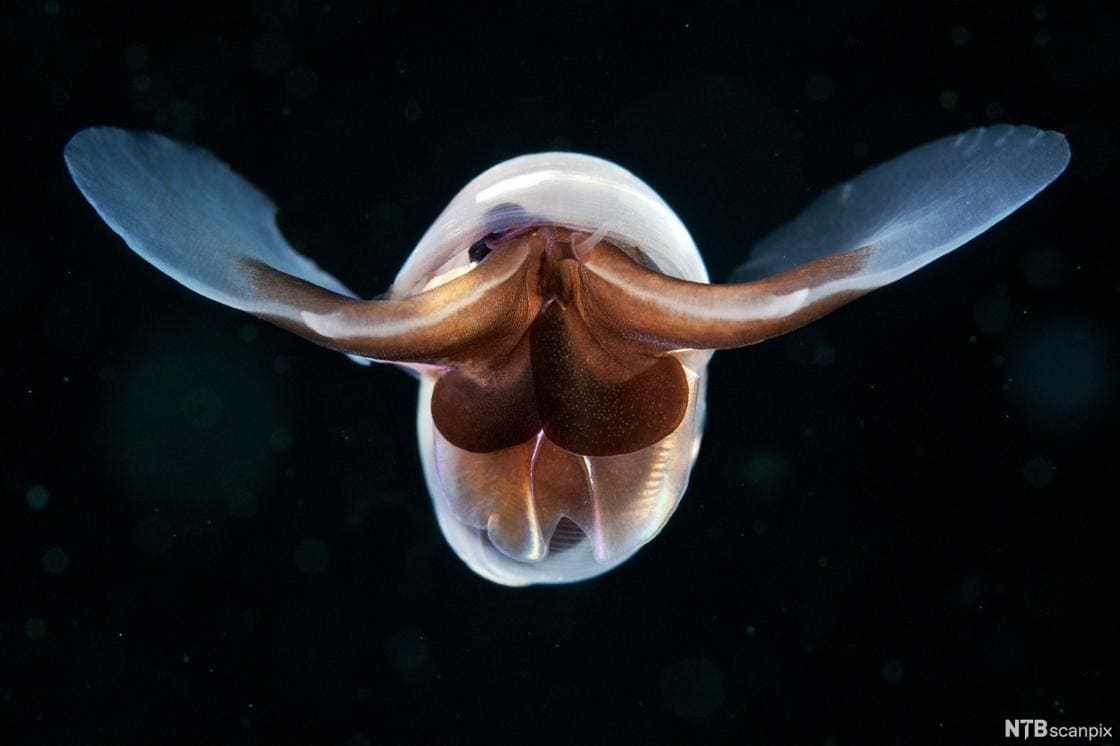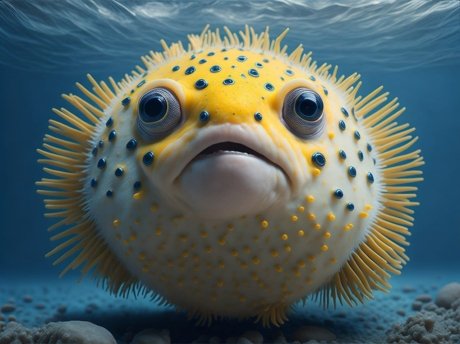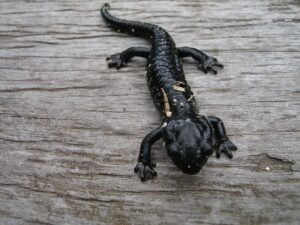16+ Deep Sea Creatures | Mysterious World of Underwater Deep Sea Life
The world beneath the ocean’s surface holds an extraordinary secret: the realm of deep sea creatures. Beneath the waves lies a mysterious, dark abyss that extends to unimaginable depths. This article delves into the fascinating and captivating world of these unique beings that inhabit the most remote and challenging environments on Earth.
The Mysterious World of the Deep Sea
The Depths of the Ocean
The deep sea refers to the vast, lightless region that extends from about 200 meters (656 feet) to the ocean floor, which reaches extreme depths of more than 11,000 meters (36,000 feet) in places like the Mariana Trench. This immense, unexplored territory is an enigma waiting to be unraveled.
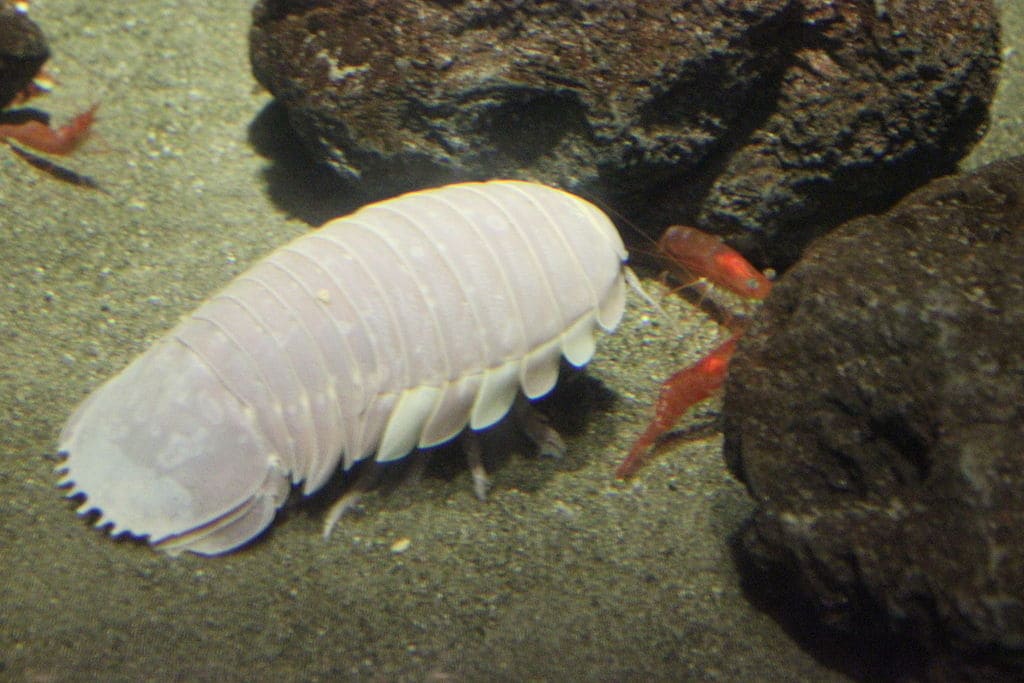
Extreme Environmental Conditions
The deep sea presents extreme conditions that pose a considerable challenge for any form of life. The pressure at these depths is crushing, and temperatures can plummet to near freezing. Additionally, there is an absence of sunlight, leading to complete darkness.
Adaptations of Deep Sea Creatures
Despite the inhospitable conditions, deep sea creatures have evolved remarkable adaptations that allow them to thrive in this harsh environment. These adaptations include bioluminescence, gigantism, and unique feeding strategies.
5 Scary Deep Sea Creatures List
1. The Fangtooth (Anoplogaster cornuta)
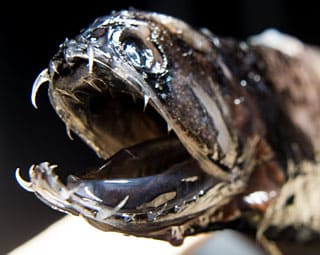
With its menacing appearance, the fangtooth ranks high on the list of scary deep sea creatures. Sharp, needle-like teeth and a grotesque, humpbacked appearance make it a formidable predator of the deep.
2. The Anglerfish (Melanocetus johnsonii)
The anglerfish is perhaps one of the most eerie and captivating creatures in the deep sea. Equipped with a bioluminescent lure that dangles in front of its mouth, it attracts unsuspecting prey in the darkness before striking.

3. The Goblin Shark (Mitsukurina owstoni)
The goblin shark’s protruding snout and extendable jaws give it an otherworldly and fearsome appearance. Known for its ability to thrust its jaws forward to capture prey, this creature is a true deep sea predator.

4. The Vampire Squid (Vampyroteuthis infernalis)
Despite its name, the vampire squid is more fascinating than frightening. With its dark, webbed arms and red eyes, it exhibits a unique and haunting beauty that sets it apart from other deep sea dwellers.

5. The Frilled Shark (Chlamydoselachus anguineus)
Resembling a prehistoric serpent, the frilled shark has an elongated body and a mouth filled with needle-like teeth. Its elusive nature and eerie appearance make it a true symbol of the deep sea’s mysteries.
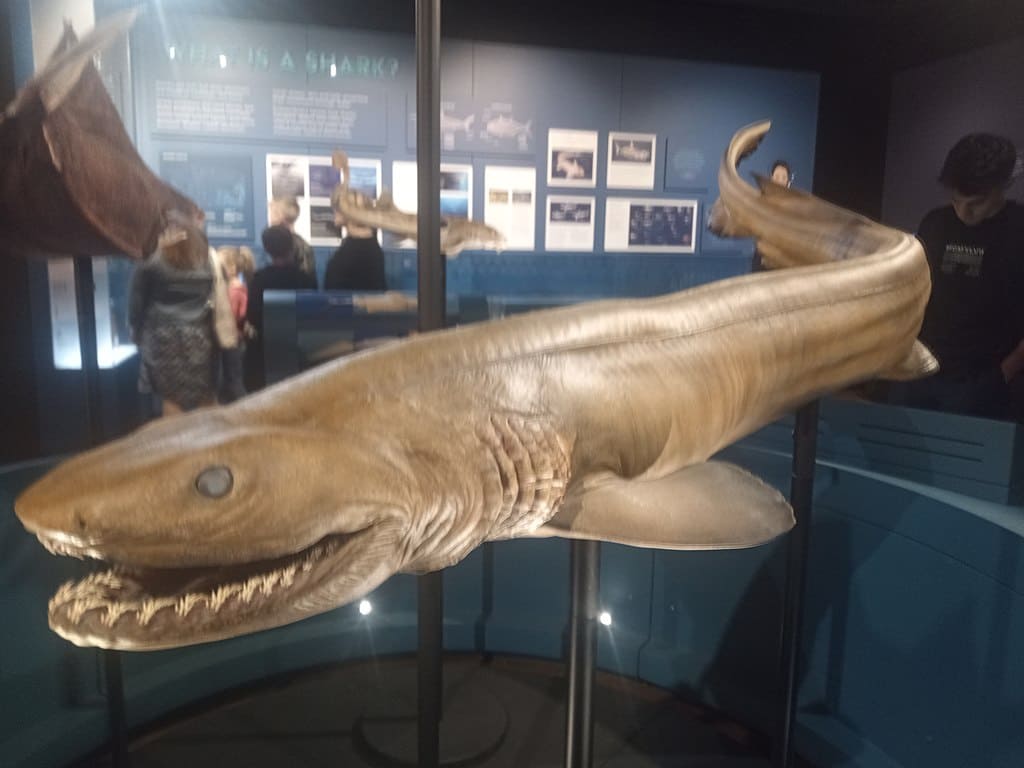
Discovered Deep Sea Creatures
1. The Giant Isopod (Bathynomus giganteus)
The giant isopod is a prime example of deep sea gigantism. This enormous crustacean can reach sizes of up to 16 inches and is a scavenger that feeds on the remains of dead sea creatures.

2. The Dumbo Octopus (Grimpoteuthis)
Named after the Disney character, the dumbo octopus is a cute and peculiar deep sea inhabitant. With ear-like fins that resemble Dumbo’s ears, it gracefully glides through the ocean depths.

3. The Blue Ringed Octopus (Hapalochlaena)
While small in size, the blue-ringed octopus is infamous for its venomous bite. Its vibrant blue rings serve as a warning to potential predators, and encountering one in the deep sea can be a truly frightening experience.

Rare Deep Sea Creatures
1. The Giant Squid (Architeuthis dux)
Elusive and rarely seen, the giant squid is a legendary deep sea creature. With eyes the size of basketballs and tentacles that can extend up to 43 feet, it’s a formidable and mysterious being.

2. The Dumbo Siphonophore (Sphaeronectes)
The dumbo siphonophore is a rare and delicate deep sea organism, composed of many individual creatures working together as one. Its ethereal appearance and graceful movements make it a wonder to behold.
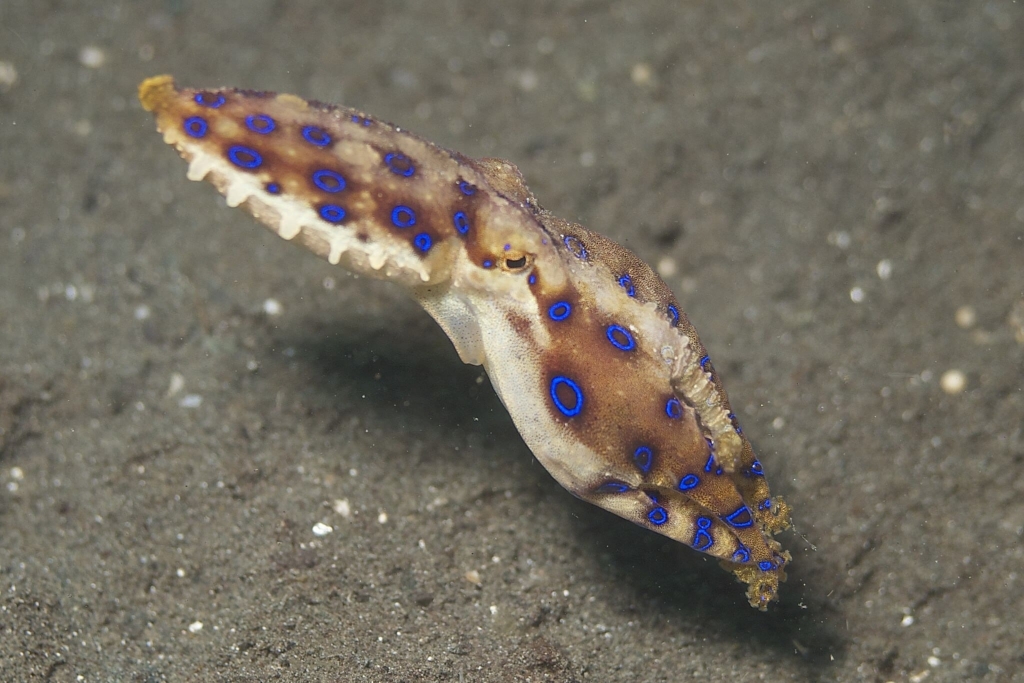
Weird Deep Sea Creatures
1. The Barreleye Fish (Macropinna microstoma)
The barreleye fish has a transparent, fluid-filled head, allowing its barrel-shaped eyes to rotate within its skull. This bizarre adaptation enables it to look upward while swimming beneath its prey.

2. The Deep Sea Dragonfish (Grammatostomias flagellibarba)
The deep sea dragonfish has a menacing appearance, with sharp teeth and a long, bioluminescent lure that hangs in front of its mouth. Its eerie appearance makes it a true denizen of the depths.
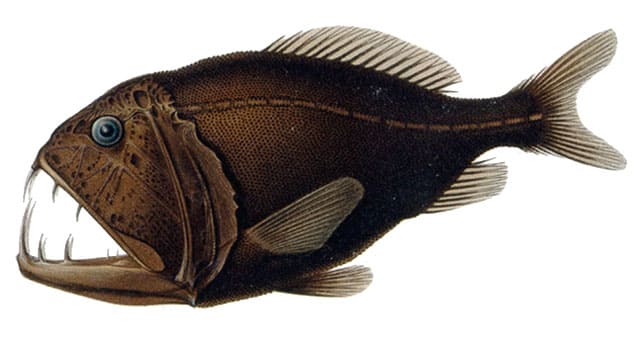
Cute Deep Sea Creatures
The Pink See-Through Fantasia (Ctenophore)
With its pink, jelly-like body and iridescent glow, the pink see-through fantasia exudes a charm that is undeniably cute. Its ethereal beauty captures the hearts of those lucky enough to witness it in the deep sea.

Biggest Deep Sea Creatures
The Lion’s Mane Jellyfish (Cyanea capillata)
The lion’s mane jellyfish boasts the title of being the largest known jellyfish in the world. With tentacles that can extend over 120 feet, encountering one of these giants in the deep sea is both awe-inspiring and intimidating.
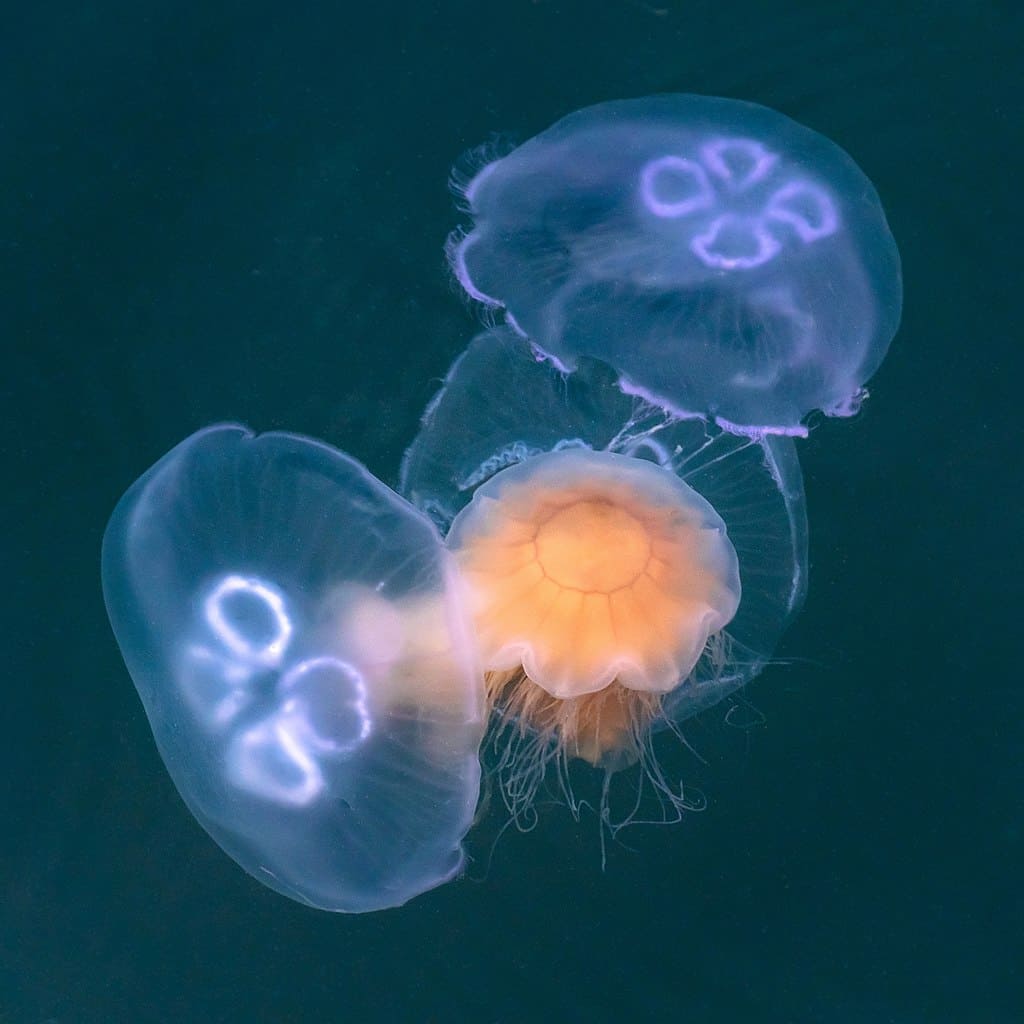
Creepy Deep Sea Creatures
The Hatchetfish (Sternoptyx)
The hatchetfish has a sinister appearance with its elongated body and sharp, saw-like scales. It’s a small yet eerie creature that roams the dark depths of the ocean.

Beautiful Deep Sea Creatures
The Sea Angel (Clione limacina)
Graceful and delicate, the sea angel is a stunning deep sea creature with translucent wings that resemble angelic fins. Its ethereal appearance contrasts with the darkness of its deep sea habitat.

Bioluminescence: Illuminating the Dark Abyss
How Bioluminescence Works
Bioluminescence is a fascinating natural phenomenon where organisms produce light through a chemical reaction. Many deep sea creatures possess bioluminescent abilities, making the dark depths twinkle with an otherworldly glow.
Purpose and Function of Bioluminescence
Deep sea creatures use bioluminescence for various purposes, including communication, attracting mates, confusing predators, and luring prey. This adaptive feature has proven to be highly successful in the deep sea’s eternal darkness.
Fascinating Examples of Bioluminescent Deep Sea Creatures
Among the most mesmerizing examples of bioluminescence are the anglerfish, whose illuminated lure helps attract prey, and the deep-sea squids that create dazzling displays to communicate with one another.
The Unusual Morphology of Deep Sea Creatures
Gigantism and Miniaturization
The deep sea is home to some of the most gigantic creatures on Earth, such as the colossal squid and the giant isopod. Conversely, it also houses incredibly small organisms, like tiny deep-sea shrimp. These adaptations in size are intriguing and largely driven by the unique challenges of the deep sea environment.
Bizarre Body Shapes and Features
Deep sea creatures exhibit a vast array of peculiar body shapes and features. From the spindly legs of deep-sea spiders to the transparent bodies of certain jellyfish, these adaptations are both captivating and bewildering.
Deep Sea Food Chain and Feeding Strategies
Scavengers and Predators
The food chain in the deep sea is a complex web of scavengers and predators. Many creatures have adapted to consume detritus that falls from the surface, while others have evolved into formidable predators capable of hunting in the darkness.
Unique Feeding Adaptations
Some deep sea creatures have developed unique feeding adaptations, such as elongated jaws and expandable stomachs, to consume prey larger than themselves. These adaptations highlight the resourcefulness of life in the deep sea.
Exploring the Depths: Deep Sea Exploration
Submersibles and ROVs
Advancements in technology have allowed scientists to explore the deep sea using submersibles and remotely operated vehicles (ROVs). These sophisticated tools enable researchers to study the depths and document the incredible life that resides there.
Discoveries and Scientific Importance
Deep sea exploration has led to numerous groundbreaking discoveries, revealing new species and shedding light on the delicate balance of marine ecosystems. Understanding the deep sea is crucial for comprehending Earth’s biodiversity and the effects of environmental changes.
Threats and Conservation of Deep Sea Creatures

Human Impact and Overfishing
Despite the remote location of the deep sea, human activities have begun to impact these fragile ecosystems. Overfishing poses a significant threat to deep sea creatures, as many species are caught unintentionally in large-scale fishing operations.
Protecting Deep Sea Biodiversity
Conservation efforts are essential to safeguarding the delicate balance of deep sea ecosystems. Marine protected areas and sustainable fishing practices are critical steps toward preserving the diverse life that calls the deep sea home.
The Fascination with Deep Sea Creatures: Pop Culture and Media
Deep Sea Creatures in Movies and Books
The mystery and allure of deep sea creatures have captured the imagination of storytellers. Numerous movies, books, and documentaries feature these mesmerizing beings, bringing them to life in the minds of audiences worldwide.
Influence on Mythology and Folklore
Deep sea creatures have inspired legends and myths across cultures. From ancient sea monsters to mythical underwater civilizations, the deep sea’s enigmatic nature has found a place in folklore and storytelling throughout history.
Conclusion:
The world of deep sea creatures is a captivating and vital part of Earth’s biodiversity. With their extraordinary adaptations and mysterious allure, these beings remind us of the wonders that lie beneath the waves. As we continue to explore and understand the deep sea, it becomes crucial to protect and preserve this unique realm for future generations.
Frequently Asked Questions:
-
Can deep sea creatures survive in shallower waters?
Most deep sea creatures are adapted to the specific conditions of the deep ocean and cannot survive in shallower waters.
-
How do deep sea creatures cope with the immense pressure?
Deep sea creatures have specialized bodies and biochemical processes that enable them to withstand high pressure.
-
Are there undiscovered species in the deep sea?
Yes, the deep sea remains largely unexplored, and scientists believe that many unknown species inhabit its depths.
-
What is the biggest deep sea creature ever recorded?
The colossal squid, known to be the largest invertebrate, is one of the biggest deep sea creatures.
-
How can I learn more about deep sea exploration?
There are numerous documentaries, online resources, and scientific publications dedicated to deep sea exploration and its findings
-
Are there any cute deep sea creatures?
Yes, there are adorable deep sea creatures like the dumbo octopus and the pink see-through fantasia.
-
What is the scariest deep sea creature?
Many consider the anglerfish and the fangtooth to be among the scariest deep sea creatures due to their menacing appearances.
-
Have all deep sea creatures been discovered?
No, the deep sea remains largely unexplored, and new species continue to be discovered.
-
Are there any deep sea creatures that are bioluminescent and cute?
Yes, some bioluminescent creatures, like the dumbo siphonophore, possess a delicate and enchanting beauty.
-
What is the largest deep sea creature ever recorded?
The lion’s mane jellyfish holds the title of being the largest known deep sea creature.
Recommended
Top 8 Service Dog Breeds: Unleashing the Power of Canine Companions
Top 9 Rare Horse Breeds: Discovering the Hidden Gems of the Equine World

























